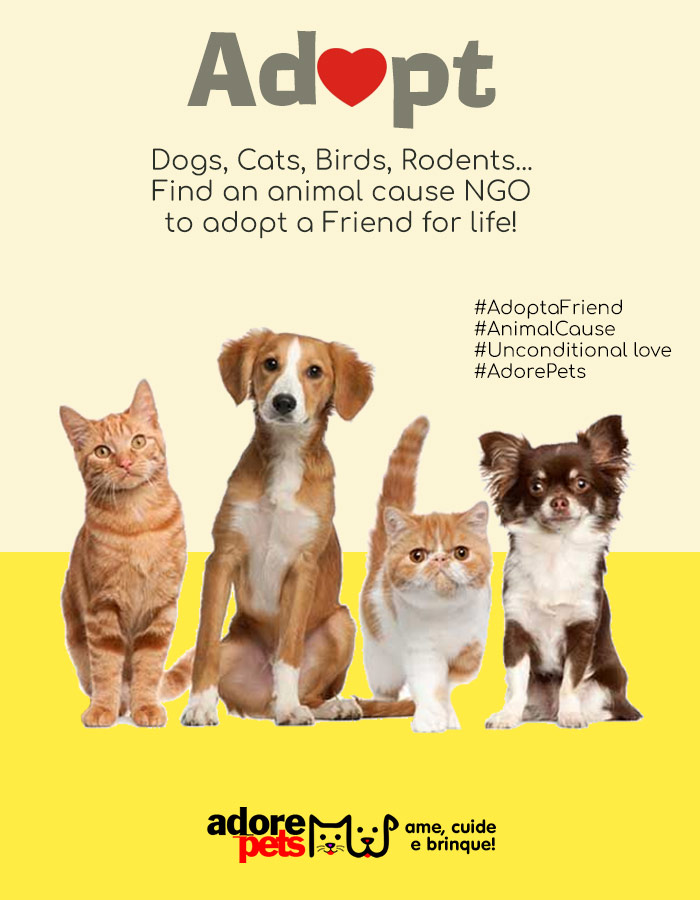The history of the Boxer: From war dog to family guardian
The Boxer originated in Germany from crosses between the extinct Bullenbeisser (used for boar hunting) and the English Bulldog. Its name comes from the German term "boxl" (short pants), referencing its agility, or from its habit of "boxing" with its paws during play. During World War I, they were tasked with carrying messages under crossfire, proving their courage and intelligence.
Surprising fact:
- The first breed club was founded in 1896, but it only gained popularity after 1950, becoming a symbol of post-war resilience.
Boxer personality: A love earthquake with expressive eyes
If you want a dog that combines protection with endless playfulness, the Boxer is your match. They are:
- Loyal to the end: Known as "Velcro dogs," they follow their owners around the house.
- Patient with kids: They love being the "big sibling" and instinctively protect little ones.
- Energetic: Require at least 1 hour of daily exercise. A walk? Only if it includes runs and games!
Warning: Their humor is contagious! The famous "Boxer dance" (sideways hops) is a happiness signal no one can resist.
Essential care: Keeping your Boxer healthy and radiant
Diet: Fuel for an athlete
Being muscular and active, they need premium food rich in protein (25-30%). Avoid gas-inducing foods — a breed tendency.
Health: Watch for silent signs
- Heart issues: 20% of Boxers develop cardiomyopathy. Annual checkups are vital.
- Hip dysplasia: Keep weight controlled and avoid stairs for puppies.
- Short snout: Avoid intense exercise on hot days; they overheat easily.
Golden tip: Pet insurance can be a wise investment due to genetic predispositions.

Training: From basics to advanced with fun
Boxers are smart but stubborn. Positive reinforcement (treats, praise) works better than strict commands.
Step-by-step success:
- Early socialization: Introduce them to other pets and people as puppies.
- Training through games: Use interactive toys to teach commands like "fetch" and "drop it."
- Mental challenges: Hide treats in puzzle toys to stimulate their strategic side.
Phrases that work:
- "Who wants to play?" (Their favorite words!)
- "Where’s the ball?" (To activate detective mode).
Boxers and kids: An explosive combo (in the best way!)
They’re natural protectors and tolerate ear-pulling with monk-like patience. But supervise interactions with toddlers — a wagging tail can knock over a little one accidentally!
Real-life story:
A São Paulo family reported their Boxer, Thor, learned to slide open doors to check if the kids were asleep. All on his own!
Responsible adoption: Choosing your adventure buddy
- Find ethical breeders: Demand health tests for parent dogs (e.g., echocardiograms).
- Adopt adults: Many Boxers in shelters need second homes and are past the hyperactive phase.
Red flag: Puppies sold at fairs or unregistered often hide genetic issues.
Why has the Boxer stolen hearts since 1895?
It’s proof that strength and gentleness can coexist. If you’re ready for morning runs, lick sessions, and nighttime vigilance (yes, they snore!), the Boxer will be your lifelong ally.
Already have a Boxer at home? Share a photo using #AdorePets and tell us in the comments about their funniest mischief! Still dreaming of one? Explore our guide ‘How to Prepare Your Home for an Energetic Puppy’ on the site!

















Add comment